Fishing
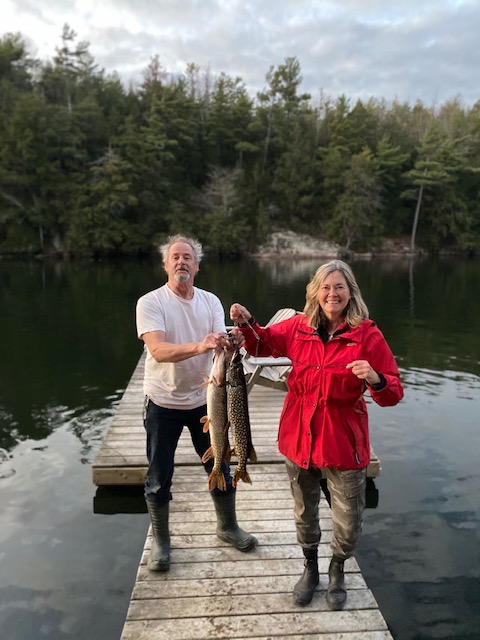
Fishing regulations that pertain to our area, which is referred to as Zone 18, can be found here.
You’ll see a list of all the species that can be fished and also details about when and how many can be caught.
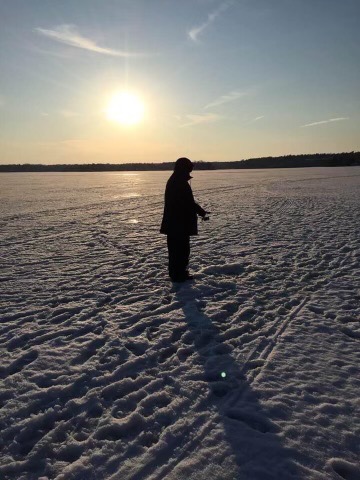
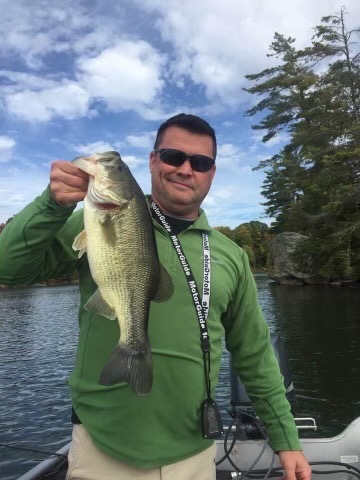
Read the latest information on bass spawning!
WHAT COVID TAUGHT US ABOUT HOW
ANGLING NESTING BASS HURTS BASS POPULATIONS
David Philipp, Fisheries Conservation Foundation
Largemouth and smallmouth bass (LMB and SMB) have a complex life history in which males of both species are entirely responsible for building nests, courting females for spawning, and then once fertilized eggs are in their nests, solely providing extended parental care of the resulting offspring for another 4-6 weeks post-fertilization. That parental care includes fanning the eggs until they hatch to keep them in contact with oxygenated water, as well as protecting the eggs, hatched larvae, and free-swimming fry from being consumed by brood predators like perch and sunfish. Uninterrupted parental care during development is imperative for offspring survival. If a male abandons (or is removed from) his nest during this parental care period, brood predators will quickly consume the offspring with upwards of 50% being eaten within the first 8-10 minutes of the male’s absence. In situations where anglers catch and harvest nesting bass, rapid predation of the entire brood is always the end result.
To protect black bass reproductive success in many areas across the province, the Ontario Ministry of Natural Resources decades ago instituted a seasonal closure of fishing for nesting LMB and SMB during the spawning season. Currently, for many of the popular black bass fishing lakes in the province, that closed season is defined as the period from December 16th until the third Saturday in June. That regulation specifically prohibits the use of angling tactics that would hook nesting male bass. The fact that it is legal during this period to fish for other species such as northern pike, walleye, yellow perch, various tout species, as well as all centrarchid species other than LMB and SMB, however, complicates compliance with and enforcement of that regulation. Unfortunately, some anglers use this “loophole” in the regulation to (illegally) target, catch, and release nesting male bass, thereby rendering this regulation ineffective at accomplishing its objective of protecting LMB and SMB reproductive success and recruitment (the annual production of the next year class). In addition, even though catch-and-release angling can theoretically allow an angled nesting male the opportunity to return to his nest and resume guarding his brood, that often does not happen.
Traditional thinking among most anglers (as well as among most fisheries managers) has been that reproductive success and annual recruitment among LMB and SMB populations is determined primarily by environmental factors. Furthermore, that traditional thinking also believes that because each female bass can lay thousands of eggs, it only takes a few successful spawning pairs to re-populate the lake. As a result, the thinking goes that angling nesting male bass should not be a major concern for the health of the LMB and SMB populations, because that angling should not affect overall recruitment in the lake. Well…our extended research group (including among others, Steve Cooke’s group at Carleton University, Aaron Zolderdo’s group at the Queens University Biological Station, Jeff Stein’s and Cory Suski’s groups at the University of Illinois, as well as others at the Fisheries Conservation Foundation) have argued for decades that this thinking is ALL WRONG. Our working hypothesis differs from that traditional thinking, stating instead that although black bass reproduction and recruitment are indeed affected by environmental variables, any reduction in reproductive success (e.g., via angling nesting males off their nests) results in reduced annual recruitment as well.
So how does COVID fit into this issue? We all know about the myriad awful things that were (and continue to be) a result of the COVID pandemic. Not everyone, however, realizes the tremendous impact it had on fishing in many lakes in southern Ontario. Because of the restrictions put onto families re accessing their cottages during the spring seasons of 2020 and 2021, together with the ban on international travelers entering Canada (especially including angling tourists from the US), the level of angling activity of any kind during May and June (the spawning season for LMB and SMB in the area) was hugely reduced in many lakes. In fact, fishing activity was close to zero in Opinicon Lake, the site of our long-term bass reproduction monitoring study. That radically altered angling scenario presented us with a once in a lifetime research opportunity to assess how a lake-wide no-fishing regulation during the bass spawning season would affect lake-wide reproductive success and annual recruitment for LMB and SMB populations. That is, would there be no real bump in year class success (as per traditional thinking) or would there be a large increase (as per our working hypothesis)? So, what did we find?
The two non-COVID years (2019 and 2022) had lots of nests constructed, but with their high levels of angling (measured by visually assessing the percentage of hook wounds on nesting bass), their success rates were low. As a result, the overall reproductive success (number of successful fry produced) and annual recruitment (number of surviving juveniles in those year classes) were two of the lowest seen in over 30 years of the study. The two COVID years (2020 and 2021) on the other hand, had similar numbers of nests constructed compared to those in 2019 and 2022, but with their extremely low levels of angling, the nesting success rate was very high. As a result, the overall reproductive success and annual recruitment were the two greatest ever seen during the study.
Bottom Line: Nobody in Canada (nor in parts of the US) should now still argue that fishing for nesting bass has no impact on population-wide reproduction or annual recruitment for LMB and SMB. We have proposed the use of bass spawning sanctuaries (areas of the lake that are off limits to ALL fishing , but only during the bass spawning season) as an innovative regulation to protect LMB and SMB reproduction and recruitment. A pilot study in two lakes in the region has been proposed to test this strategy
The study discussed above has recently been published in Fisheries Research:
Philipp, D. P., A. Zolderdo, M. J. Lawrence, J. E. Claussen, L. Nowell, P.Holder, S. J. Cooke. 2022. COVID-19 reduced recreational fishing effort during the black bass spawning season, resulting in increases in black bass reproductive success and annual recruitment. https://doi.org/10.1016/j.fishres.2022.106580
Make a comment on the above, at https://ero.ontario.ca/notice/019-6728?page=1#comment-91144Are you Bothered by Bass Tournaments?
If so, you are not alone!
Here is a slide show summary of research and recommendations from our Lake Networking Group in Eastern Ontario:
Lake Association Coalition on Fishing Tournaments
Our lake association has responded.
Two of our members have volunteered to work with this group on “next steps”.
Send your sentiments to us so that your views can be heard by this committee [email protected]
More family fishing fun!
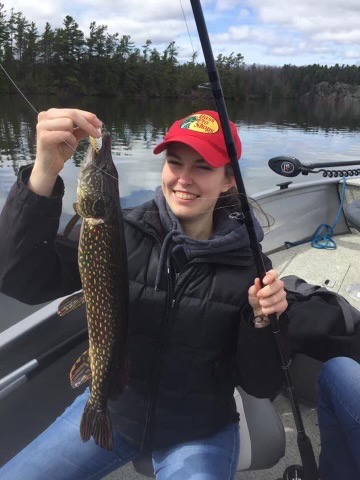
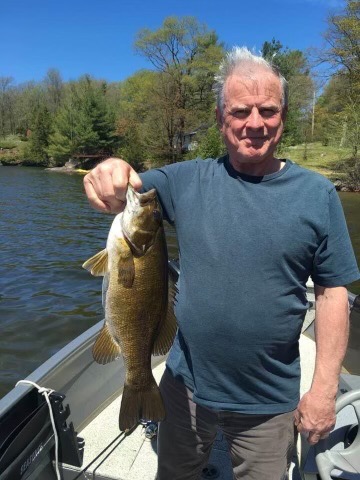
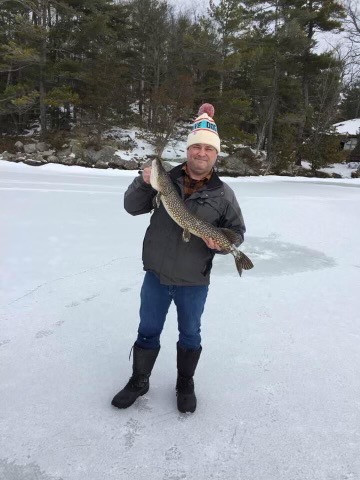
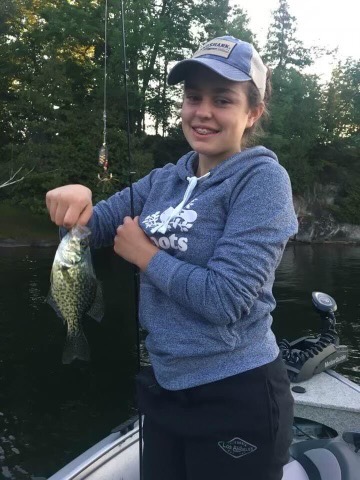
Pages
- Home
- Objectives
- Strategic Partners
- WorkingStorage
- Who We Are
- Where We Are
- Board Members
- Committees
- Lake Health Action Fundraising
- Membership and Social
- Water Quality
- Wildlife Group
- Association documents
- Privacy Policy
- Photos
- Summer 2021
- Spring 2021
- Winter 2021
- Fall 2023
- Photo Essay by Gina Bearne
- Get Involved
- Become a Member
- Renew your membership
- Become a volunteer
- Join our Facebook Group
- About Our Lakes
- Conservation Plan Overview
- Conservation Plan
- Conservation Plan Summary
- History
- Dog Lake
- Cranberry Lake
- Cottagers Association
- Water Quality
- Lake Health Action Plan
- Love Your Lake Shoreline summaries
- All About Algae
- Three Lakes Water Quality Bulletins
- Water quality presentation
- Septic ReInspesction Program Report
- Activities
- Boating
- Hazard Marking Program
- Map of Hazard Markers
- Fishing
- Map of Bass Sanctuary Signs
- Hiking
- Bass Spawning
- DIY Turtle Nest Protectors
- Useful Links
- iNaturalist
- What Makes a Lake Good for Loons
- News
- Event Calendar
- Initiatives
- Year End Reports
- Newsletters
- Announcements
- Marketplace
- Plant Sale 2022
- DCLA Winter Merchandise 2023/24
- DCLA Spring Merchandise
- Tree Sale
- Tree Sale Instructions
- Tree Species
- Tree Payment
- Tree sale facebook
- Native Tree Planting Instructions
- Tree/Shrub Planting Guide
- List of Area Businesses
- Maps
- Native Plant Sale
- Native Plant Sale 2024
- Native Plants 2023
- Tree/ShrubPlanting Guide
- Members
- Contact Us
- Internal Documents
- Communications
- Email letters
- Winterfest
- Email response Paul re Markers
- Email septic
- Newspaper
- Tree sale 2022/23
- Tree sale
- Facebook Shanlake Farms
- Ice
- Posters
- Previous Documents
- Political letters
- Archived “Did You Know” and others
- Did you know
- DYK fishing derbies
- Tree sale homepage
- SFLEAC
- Media

